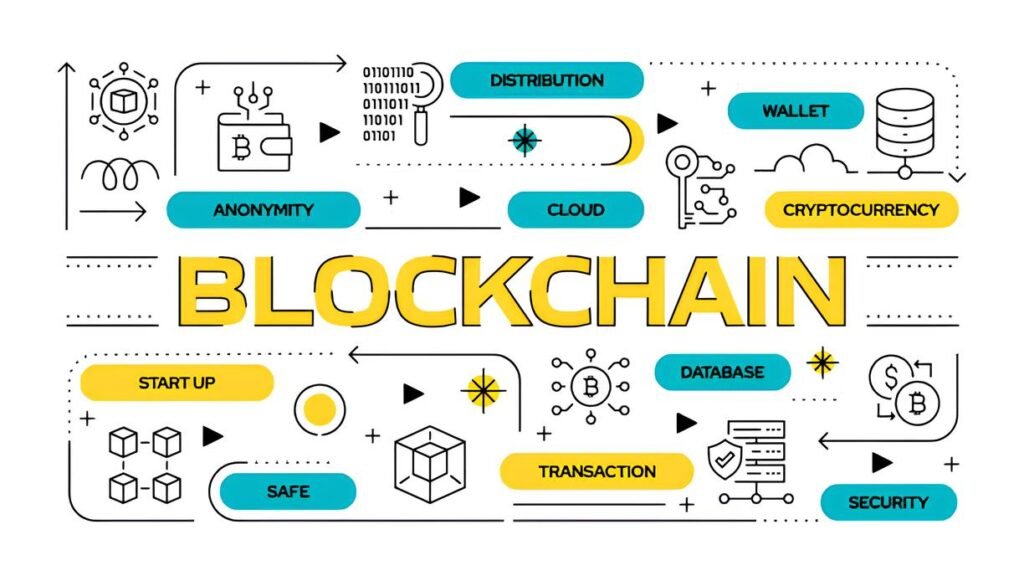Imagine stepping into a shadowy labyrinth built from the world’s most secretive websites—a place where identities dissolve, and the usual markers of trust vanish into the ether. Navigating this eerie network, known colloquially as the dark web, feels like trying to find a whispered conversation in a café packed with strangers. Yet, even here, in this realm cloaked with layers of encryption, there exists a surprisingly mundane but critical vulnerability: how your computer figures out where to go when you type a web address.
It might sound technical, even boring, but the little process called DNS resolution plays a pivotal role in your safety. A misstep here can unravel all the protections layered on top of your darknet journey. Why? Because while your IP might remain hidden, the pathway your device follows to translate those quirky .onion addresses into actual servers can expose your activity in ways most users overlook.
In This Article
DNS Basics: What Happens Behind the Scenes?
Every time you enter a website address, your device asks a Domain Name System (DNS) server to translate that human-readable name into a machine-friendly IP address. Think of DNS as the internet’s phonebook—it helps your browser connect to the right destination. Without DNS, you’d have to memorize strings of numbers instead of typing “example.com.”
On the surface web, this is straightforward: your device queries a DNS server, often provided by your internet service provider (ISP). But the dark web, with its unique .onion addresses and encryption layers, complicates this process immensely. What does that mean for users seeking anonymity in this underground space? A lot.
How DNS Interacts with the Dark Web
Unlike the clear web, where DNS resolution is a given, the dark web operates largely outside traditional DNS systems. Tor’s onion services don’t rely on standard DNS servers and instead use their own decentralized address resolution.
But here’s the catch: your device or your applications might still perform DNS lookups for other resources—images, scripts, trackers embedded on hidden service pages—or if links accidentally point to clearnet domains. These seemingly small DNS requests can unintentionally leak information.
In other words, while the dark web itself circumvents traditional DNS, your device’s behavior around DNS can betray your presence or intentions.
The Hidden Risks of Unsecured DNS Resolution
What’s the real danger when DNS leaks happen on the dark web? At its worst, it empowers adversaries to piece together your browsing habits and identify your approximate location or ISP. That’s a direct threat to the anonymity everyone expects when using onion routing.
- DNS Leaks: When DNS requests bypass the Tor network or VPN tunnels, your ISP or attackers monitoring DNS traffic can see domain lookups related to your activity.
- Traffic Correlation: Timing DNS requests alongside Tor activity can help observers correlate encrypted traffic bursts to specific users.
- Exposure to Censorship and Surveillance: In countries with strict internet controls, DNS queries to blocked domains can trigger flags or interception.
A user might think they’re cloaked behind multiple layers of protection, but a simple unsecured DNS lookup quietly exposes them to the surveillance web.
Many operating systems and apps default to using ISP DNS servers, overriding VPN or Tor DNS routing without the user’s knowledge. This silent failure is a common source of leaks leading to deanonymization.
Implementing Secure DNS Resolution on the Dark Web
The good news? There are several strategies to avoid DNS leaks—even when using the dark web.
Firstly, isolate DNS queries to occur strictly within encrypted tunnels. This means using DNS resolvers integrated with your VPN or routing all DNS traffic through Tor itself. Privacy-focused DNS services such as DNSCrypt or DoH (DNS over HTTPS) provide encrypted DNS requests, which make it more difficult for observers to spy on your domain lookups.
For the most secure users, specialized operating systems like Tails or Whonix inherently direct DNS resolution through anonymous pathways, minimizing accidental exposure.
- Tails OS: Routes all network and DNS traffic exclusively through Tor, preventing any DNS outside the Tor context.
- Whonix Gateway: Uses a virtual machine to intercept and sandbox DNS requests, ensuring complete anonymity.
- dnscrypt-proxy: Encrypts DNS queries and allows choice of trusted resolvers, enhancing privacy and integrity.
When combined with careful system configuration—blocking IPv6 leaks and disabling split tunneling in VPNs—these tools form a solid defense.
Why the Tor Network Alone Isn’t Always Enough
Tor’s design routes traffic through encrypted relays, including onion service address lookup. However, it doesn’t always control every DNS request your machine makes. Third-party apps, background processes, or plugins might resolve domains outside of the Tor network.
For instance, embedded content on hidden service pages may pull resources from regular DNS domains; your system might unknowingly attempt to resolve them directly, creating a data trail.
This explains why understanding and controlling DNS at a system-wide level is as crucial as using Tor itself. The key is to have DNS queries encapsulated within anonymity-preserving tools.
For more on how Tor integrates with VPNs and impacts routing, exploring how Tor over VPN differs from VPN over Tor in real use offers valuable context.
Regularly test your system for DNS leaks using services like dnsleaktest.com before and during dark web access sessions.
Best Practices for DNS Security in 2025
Keeping your DNS resolution secure on the dark web requires vigilance beyond just choosing the right tools. Here are essential practices every privacy-conscious user should adopt:
- Disable IPv6: Many VPNs and anonymity tools struggle to protect IPv6 traffic, leading to leaks.
- Use Encrypted DNS: Opt for DNS over HTTPS (DoH) or DNS over TLS (DoT) whenever possible to encrypt queries.
- Leverage Privacy-Focused Operating Systems: Use live operating systems like Tails or sandboxed environments like Whonix to constrain DNS and network calls.
- Avoid Split Tunneling: This can cause your DNS traffic to bypass the VPN or Tor tunnel, exposing your lookups.
- Audit Applications: Check for background services or apps that might independently perform DNS queries.
- Maintain Up-to-Date Software: Security updates often patch leaks and improve DNS handling.
By layering these habits, you reduce the leaking surface and close off subtle data paths that attackers or surveillance agencies exploit.
FAQ
Q: Does using Tor guarantee DNS resolution security?
A: Using Tor Browser routes DNS queries through Tor’s network for web browsing, but system-wide DNS leaks can still happen if other processes resolve addresses outside Tor.
Q: Can VPNs help with DNS security on the dark web?
A: Quality VPNs that enforce encrypted DNS resolution and block leaks add an extra layer of protection. However, incorrect setup or split tunneling can still expose DNS queries.
Q: What’s the easiest way to test if my DNS is leaking?
A: Use online tools like dnsleaktest.com while connected to your VPN or Tor to check if DNS requests are leaking outside the expected network.
Q: Are there decentralized alternatives to traditional DNS for the dark web?
A: Yes, decentralized DNS systems and blockchain-based name services are emerging to reduce centralized vulnerabilities—a topic covered in Using decentralized DNS for resilient hidden service access.
While the dark web thrives on encryption and access obfuscation, none of these protections fully matter if your DNS requests reveal the routes you’re taking through the shadows. Guarding the humble DNS lookup with as much care as you protect your IP or your crypto keys is crucial—because the smallest crack can flood the whole fortress.



